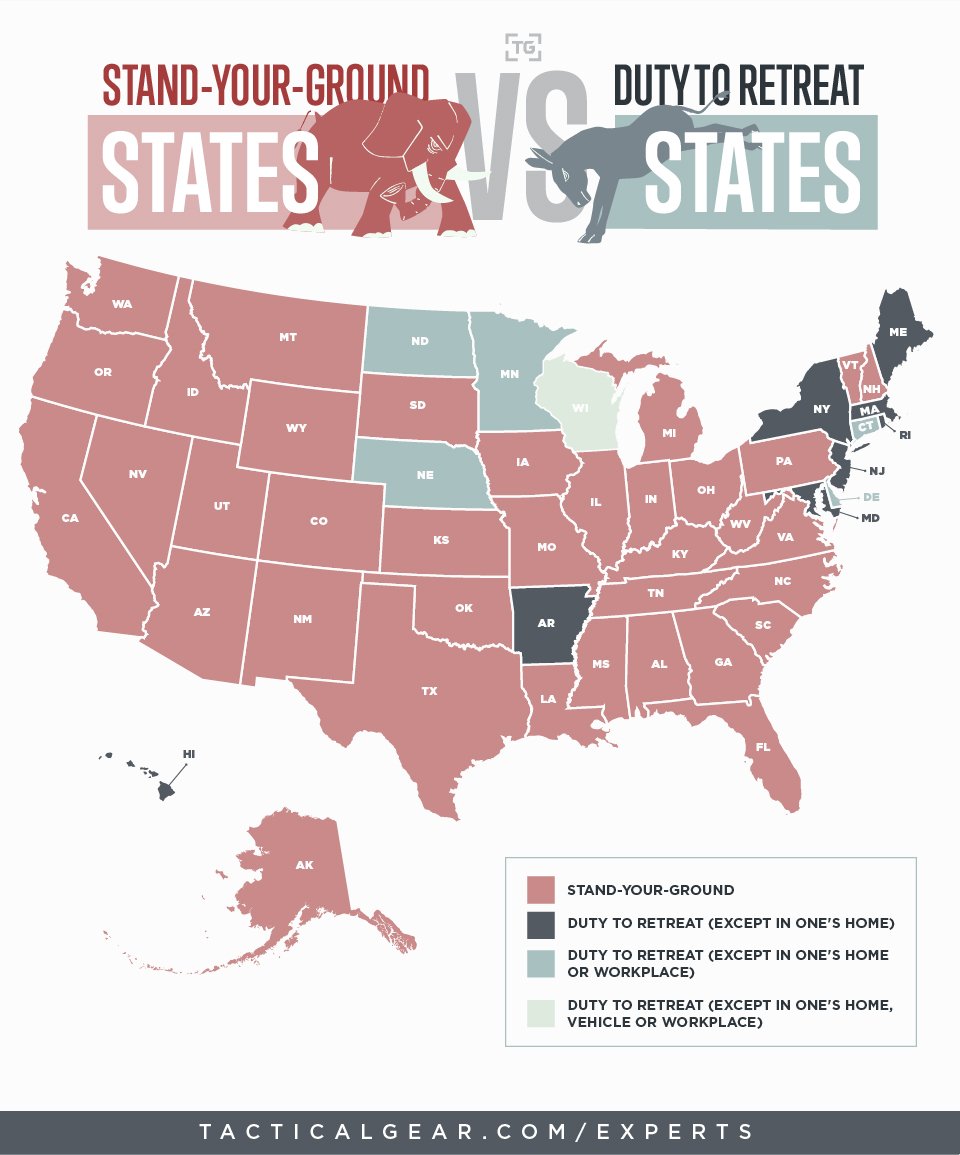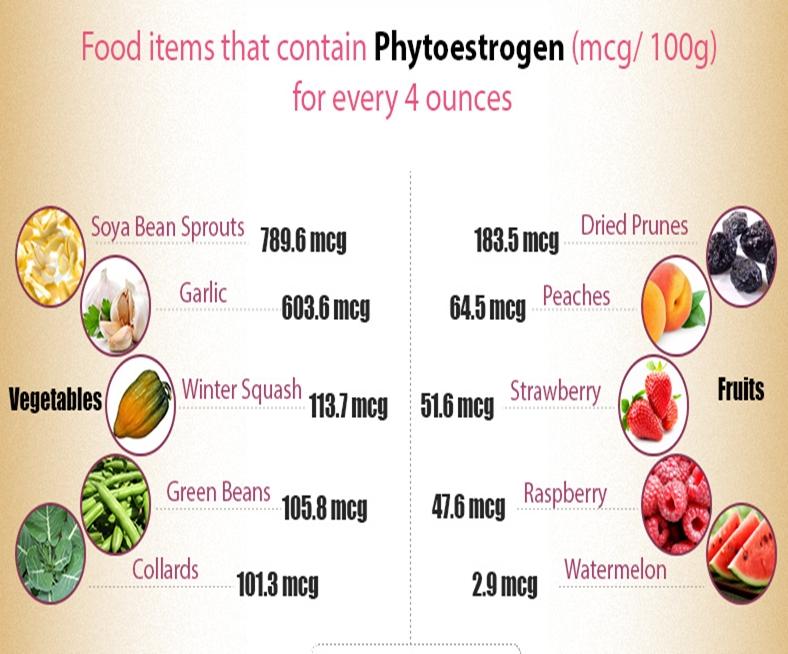1. Research and Understand Whole Foods’ Requirements:

- Familiarize yourself with Whole Foods’ quality standards, product guidelines, and sourcing policies.
- Understand their focus on organic, non-GMO, and sustainable products.
- Research the categories and subcategories relevant to your product.
2. Build a Quality Product:

- Ensure your product meets Whole Foods’ high standards for quality, safety, and freshness.
- Conduct thorough testing, provide clear labeling, and adhere to all regulatory requirements.
- Invest in high-quality ingredients, sustainable packaging, and ethical production practices.
3. Contact the Right People:

- Identify the appropriate Whole Foods buyer or category manager responsible for your product category.
- Connect with them via LinkedIn, email, or phone to express your interest in supplying your product.
- Provide a brief overview of your company, product, and why it aligns with Whole Foods’ values.
4. Submit a Product Information Sheet:
- Prepare a concise and well-organized product information sheet.
- Include details such as product name, description, ingredients, nutritional information, packaging specifications, and any certifications or awards.
- Highlight the unique selling points and benefits of your product.
5. Prepare for a Review Meeting:
- Be prepared to discuss your product in detail with Whole Foods buyers.
- Gather relevant samples, marketing materials, and supporting documentation.
- Practice presenting your product’s story, emphasizing its quality, innovation, and alignment with Whole Foods’ mission.
6. Negotiate Terms and Conditions:
- If your product is accepted for review, negotiate terms such as pricing, minimum order quantities, and payment terms.
- Ensure that both parties agree on fair and mutually beneficial conditions.
7. Provide Ongoing Support:
- Once your product is approved and listed, maintain open communication with Whole Foods buyers and quality assurance teams.
- Be responsive to feedback, address any issues promptly, and ensure consistent product quality.
- Actively promote your product through in-store demos, social media, and other marketing activities.










